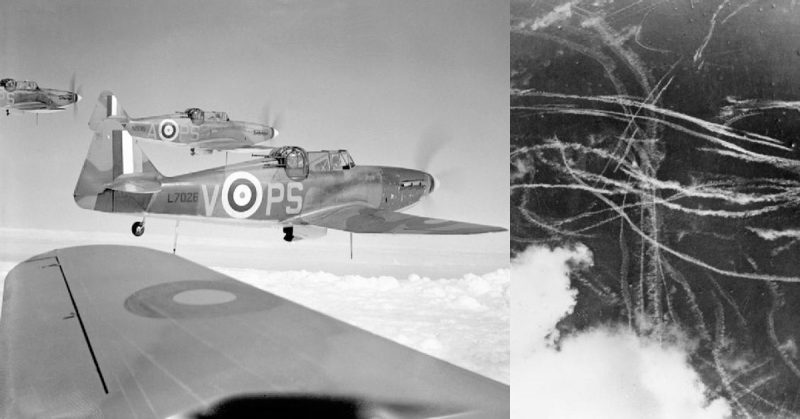For 76 years Goodwin Sands has been the final resting place of scores of RAF heroes who sacrificed their lives defending the United Kingdom in the Battle of Britain.
Now their remains face obliteration – as giant earthmovers prepare to locate at the Channel sandbank where planes and pilots crashed, to get at cheap building material.
A petition has been signed by more than 10,000 people to stop the Dover Harbour Board from digging up Goodwin Sands for gravel to enlarge cargo facilities and construct a marina at Dover port.
Actor Mark Rylance, star of the smash film Big Friendly Giant and Wolf Hall, is among those supporting the SOS (Save Our Sands) campaign. Yesterday, he urged developers to ‘respect the graves’ and questioned whether they would dredge an ancient battlefield or graveyard. Rylance is supported by Miriam Margolyes, whose home is on the surface of the white cliffs of Dover overlooking the Goodwins.
The Harry Potter actress said she is disgusted at the plan to disturb and desecrate Battle of Britain planes and pilots.
The Goodwin Sands is an infamous ten-mile stretch of moving sandbanks off the Kent coast, near Deal. During the vicious aerial combat of 1940, at least 60 German and British aircraft crashed into the sandbank from the skies.
The Goodwins have also witnessed over 2,000 shipwrecks. During the Great Storm of 1703, in one night 1,200 men were lost on its banks.
SOS campaigners caution that the plan to take 2.5 million cubic meters of sand and gravel will not only disturb the wrecks but will encourage coastal erosion, which will be a hazard to delicate ecosystems and wildlife, including a large seal colony.
The curator of the Kent Battle of Britain Museum at Hawkinge, David Brocklehurst MBE, labored for two months searching war records to find the locations of aircraft that came crashing into the Goodwins.
He could tell you with his hand over his heart that there are missing airmen at the Goodwins. We must honour and protect the last resting place of our heroes.
His catalog of 60 lost planes and their crews includes Hurricanes and Spitfire, in addition to Dornier Do 17s, German Messerschmitts, and Junkers Ju 88s. All were shot down and never recovered between November 14 and May 29, 1940.
SOS director Laura Evers Johns said the Goodwins have an astounding number of wrecks and the graves of thousands of mariners, servicemen, and fishermen. The plan to dredge them is unscrupulous and immoral and would mean the desecration of countless graves. It’s displaying a total disrespect for the law and lack of respect for the servicemen who sacrificed their lives for the United Kingdom, Mail Online reported.
The petition will be presented in Parliament by Charlie Elphicke, MP for Dover, who said: It is imperative to guarantee that no war graves are disturbed, and there be no ecological damage.
Deciding the fate of the Goodwins graveyard is the Marine Management Organisation, which has until October 13 to determine whether or not to grant a dredging license. SOS is hopeful the Ministry of Defence’s department responsible for human remains, the Joint Casualty and Compassionate Centre, will support its campaign.
The Goodwin Sands is owned by the Crown Estates, which in 2013 published an environmental report which said military air crashes are routinely subject to legal safeguards via the Protection of Military Remains Act 1986.
It added that: No dredging license will be permitted if there are human remains present. The intention being is that all remains should be left in peace where they are.
Dover Harbour Board denies its procedure could cause problems. There are no known military wrecks or aircraft crash locations within the planned dredge area.
The spokesman, Chris Talbot of the Port of Dover, said experts have checked the dredge areas and pinpointed exclusion zones for known archaeological sites.
A German Dornier Do 17 emerged from the sands in 2013 for the first time since it was shot down with its three crew members on August 26, 1940. The twin-engine aircraft was in a good state of preservation and was recovered for restoration and eventual showing at the RAF Museum in Hendon, North London.
